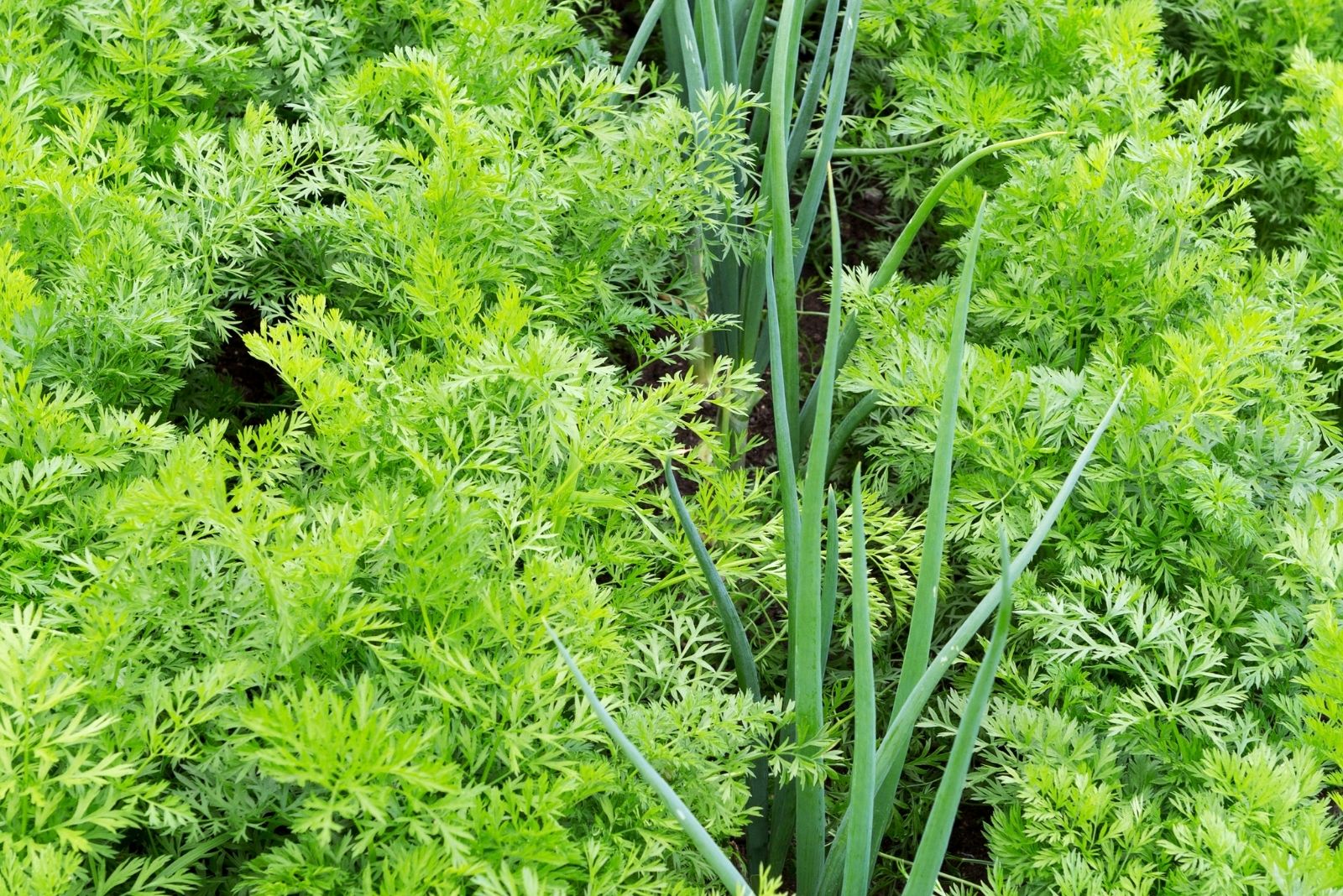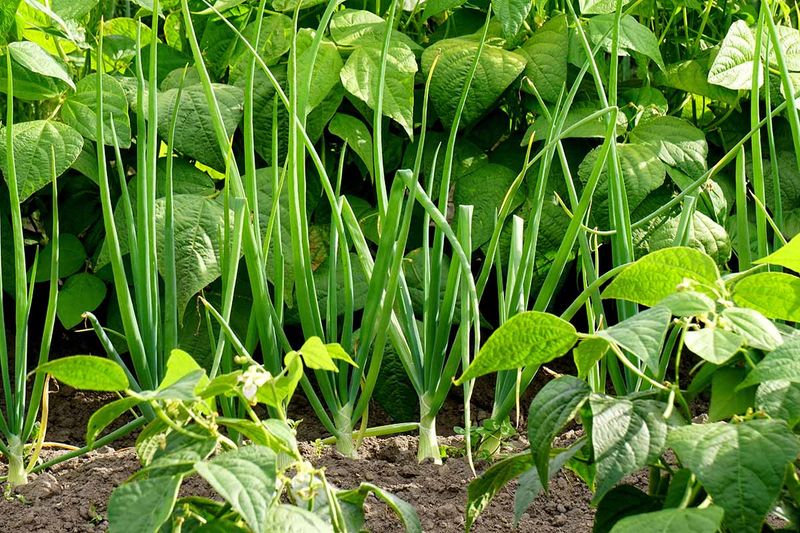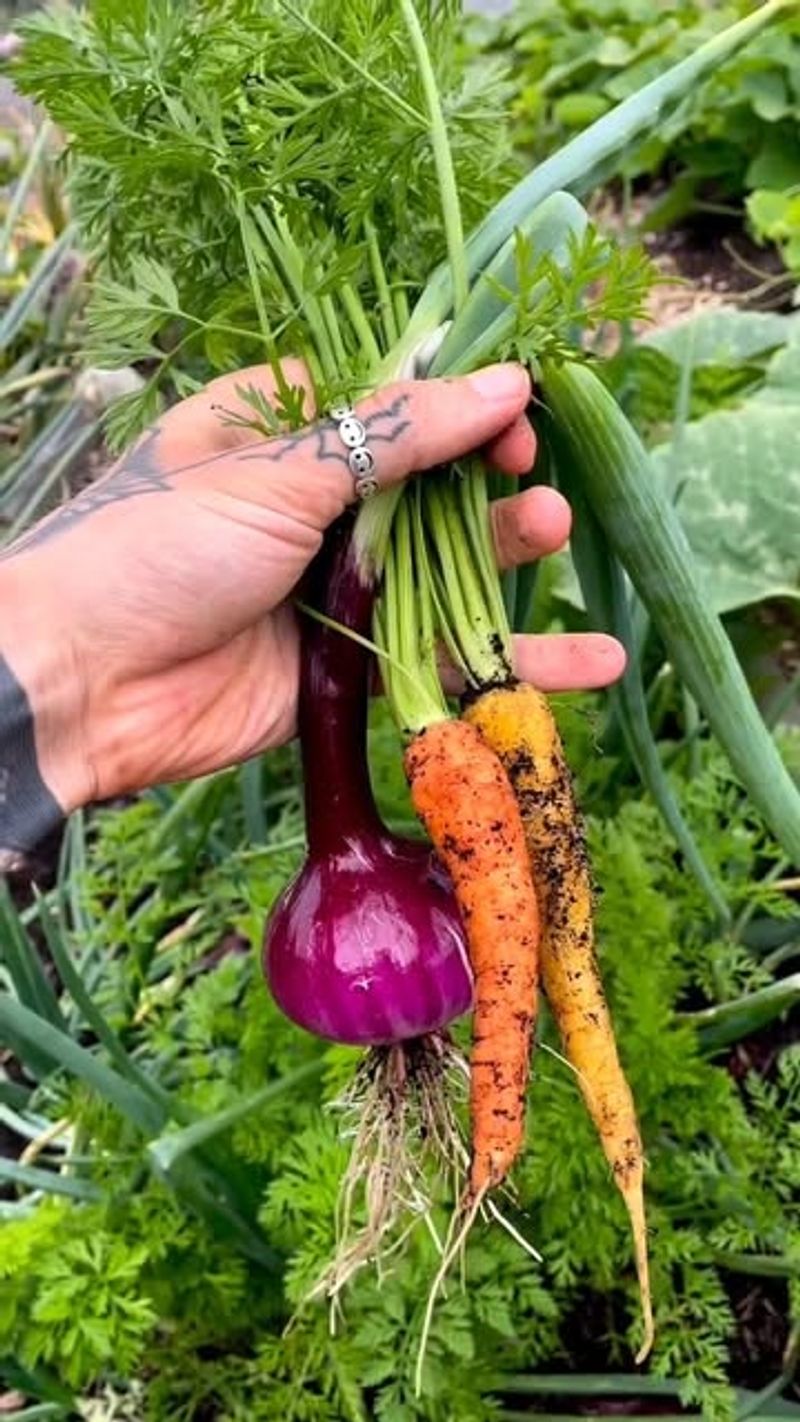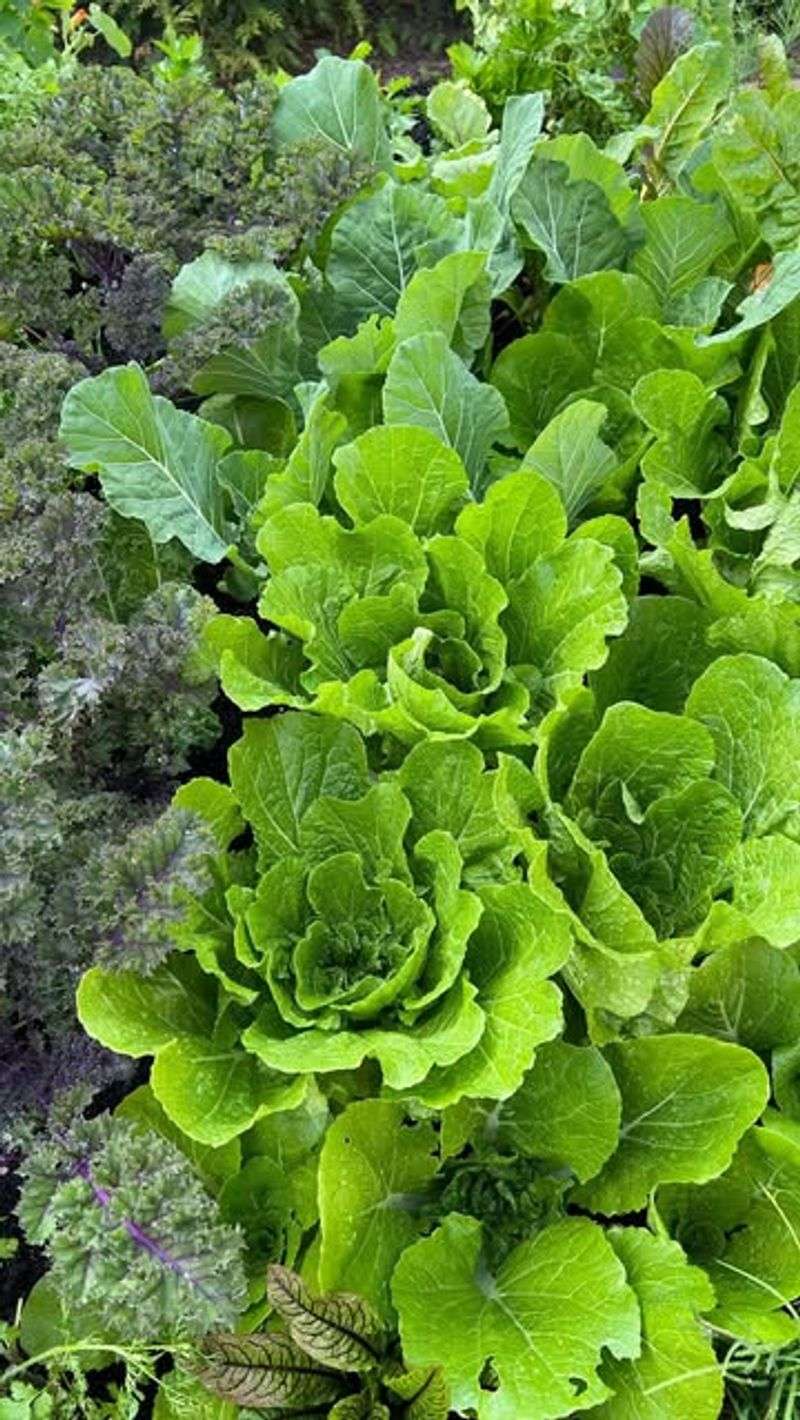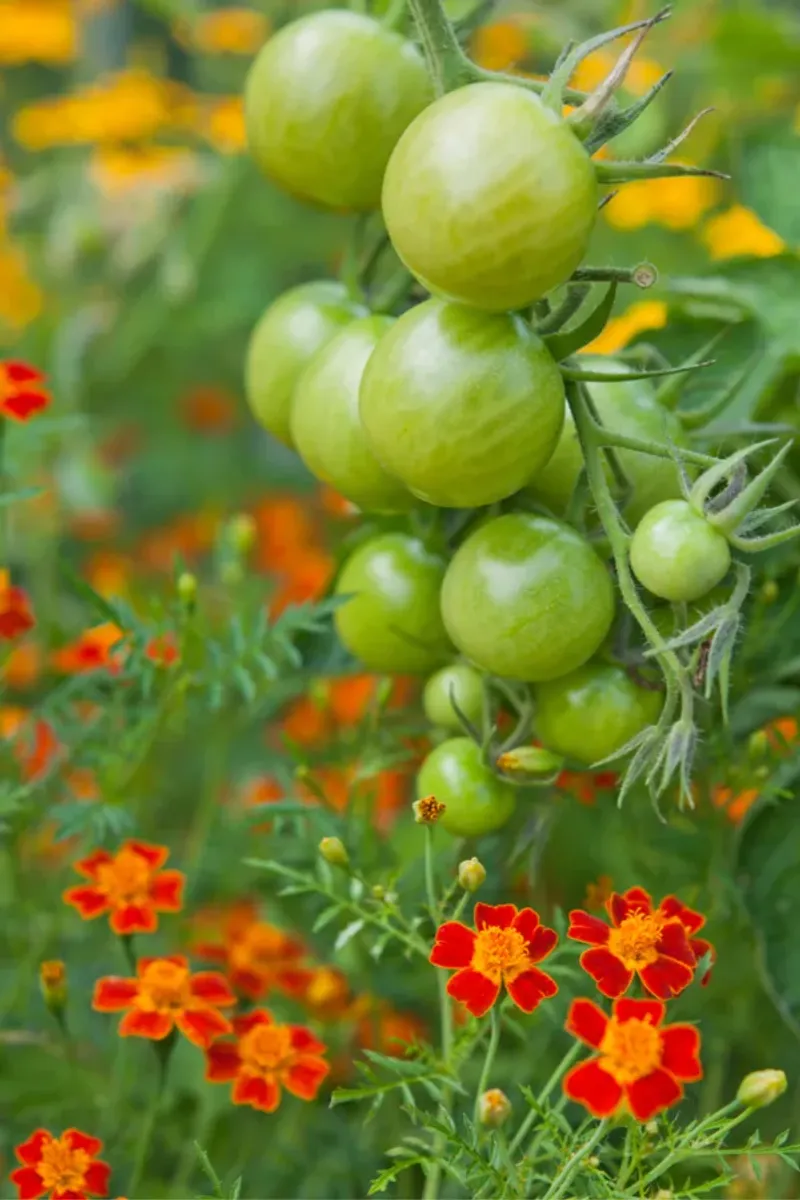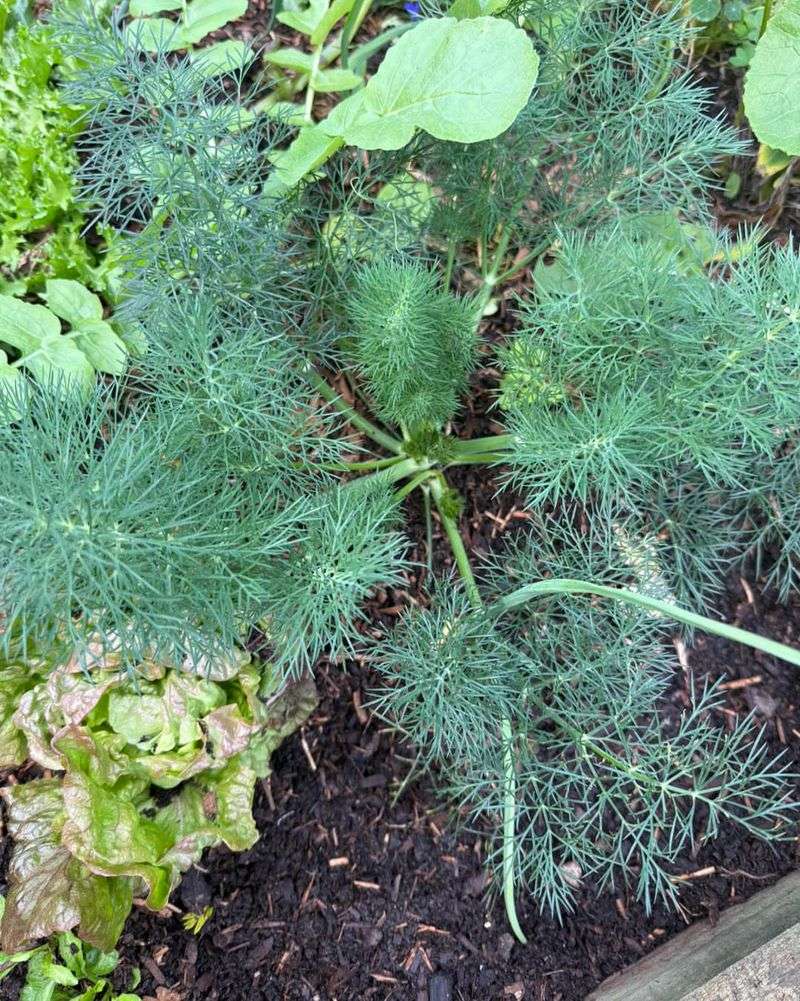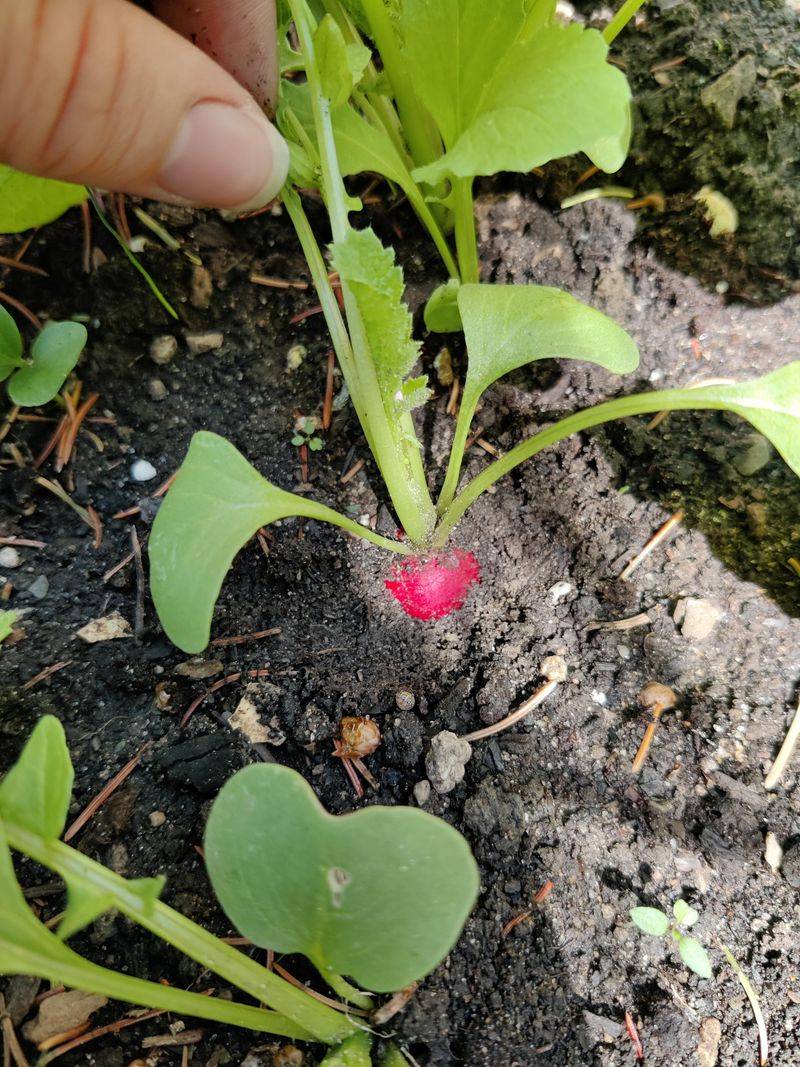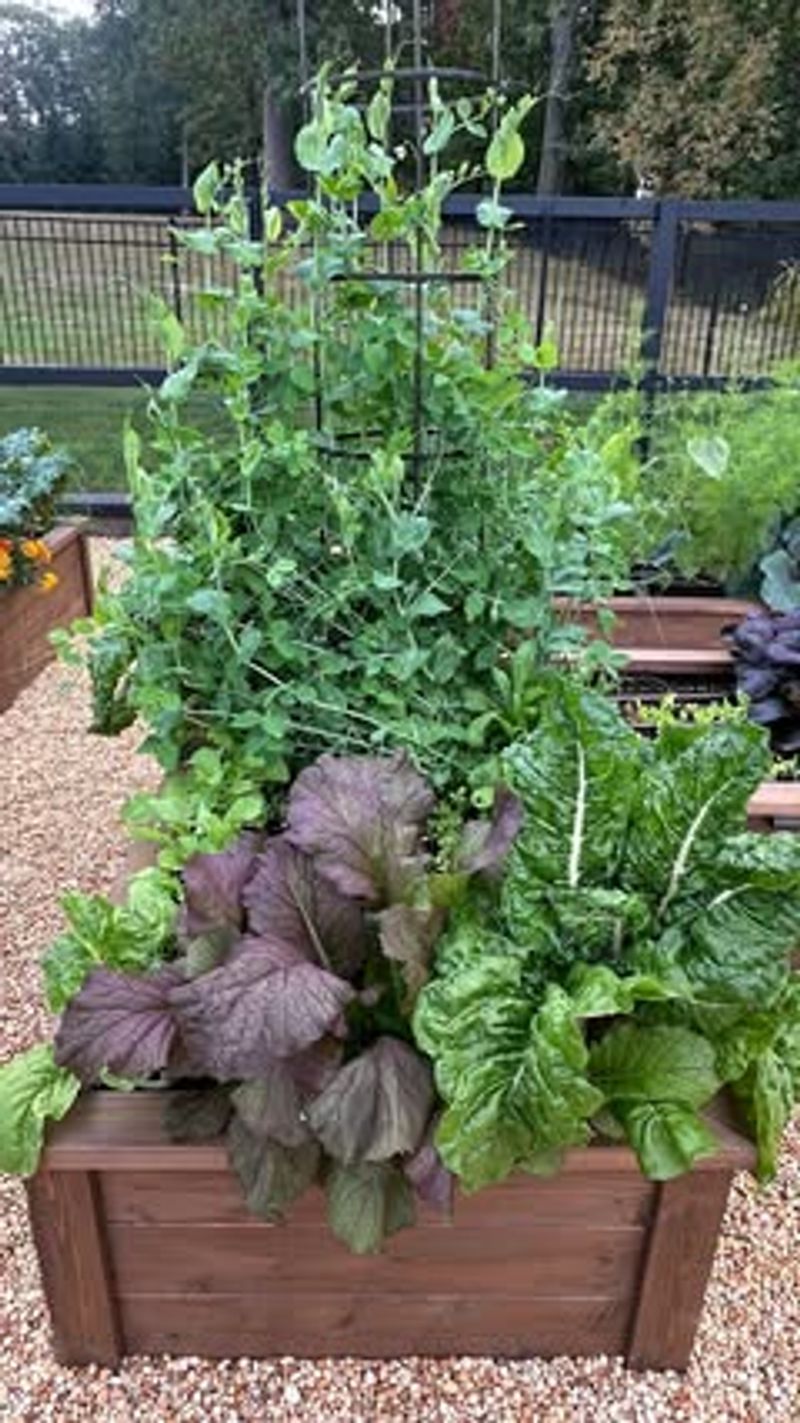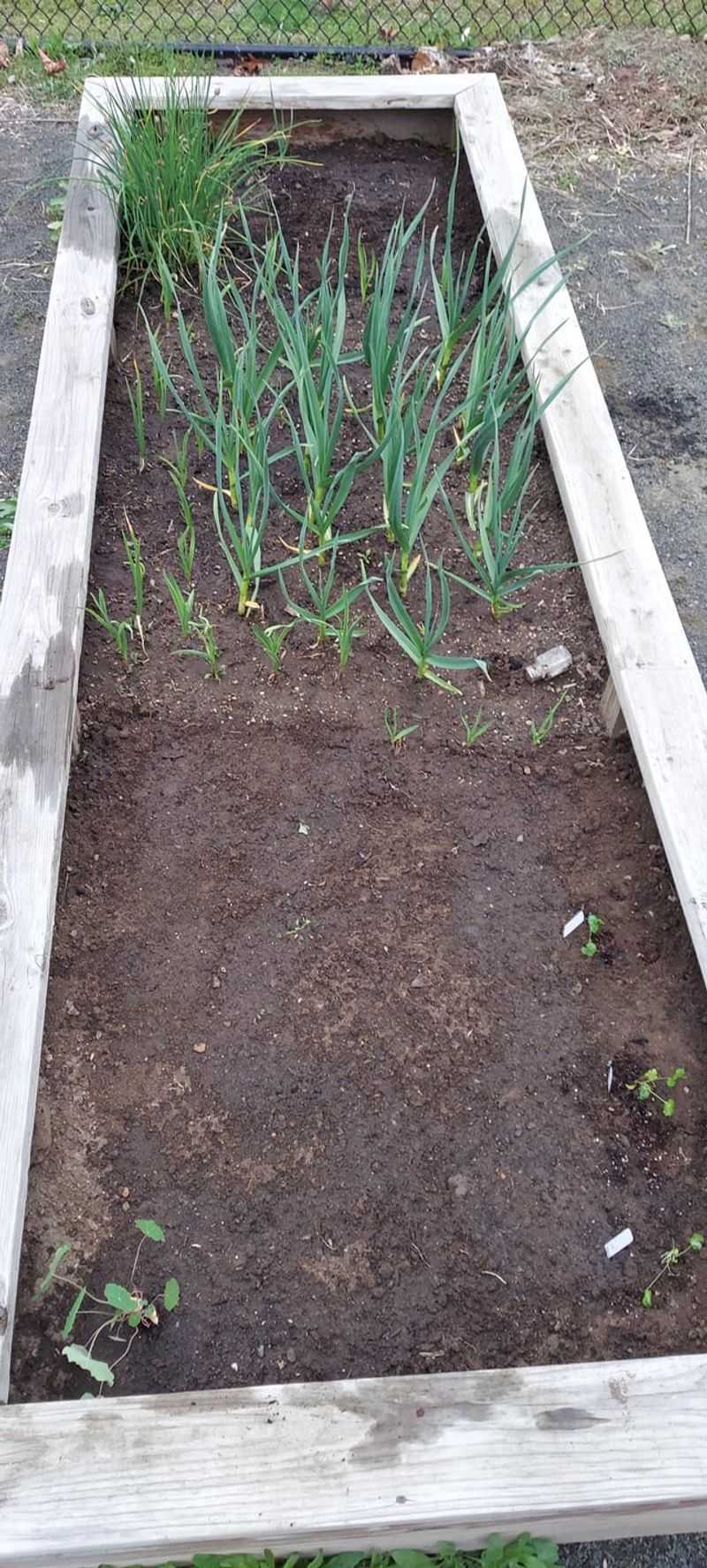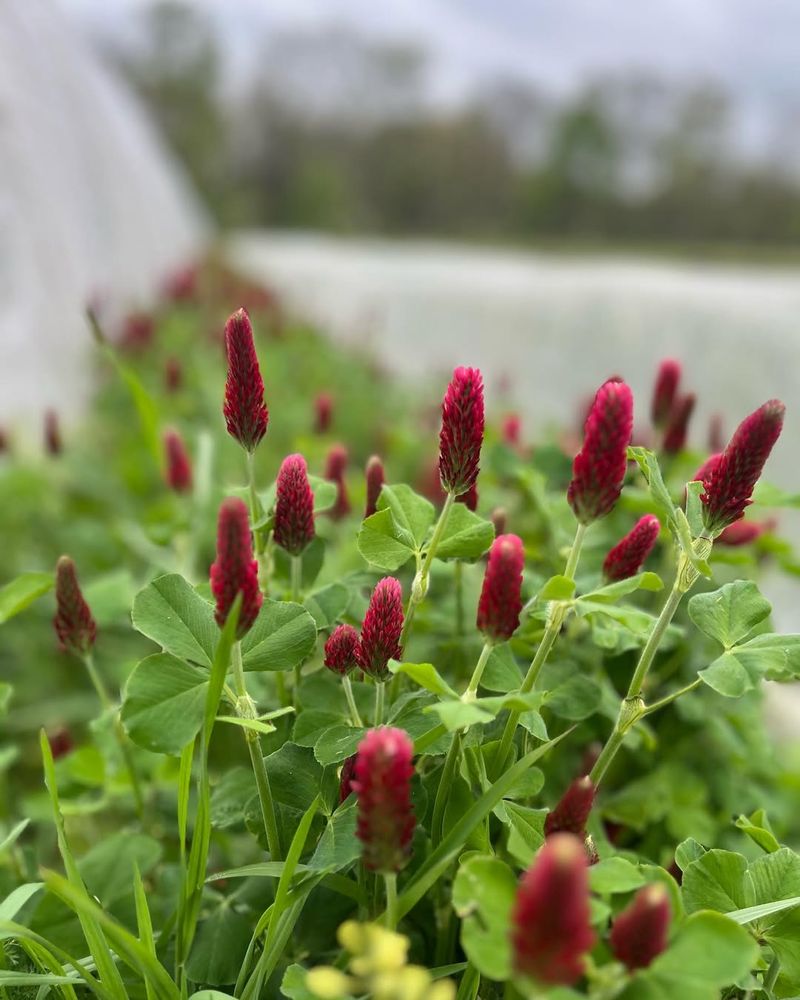Fall gardening in Georgia offers a second chance to grow delicious vegetables before winter sets in. Our state’s warm autumn days and cooler nights create perfect conditions for many crops, but smart companion planting can make the difference between an average harvest and an abundant one.
By strategically pairing certain vegetables, you can naturally repel pests, improve soil quality, and maximize your garden space during Georgia’s productive fall growing season.
1. How Beans Enrich Soil For Neighboring Plants
Bean plants perform a remarkable service in Georgia gardens by fixing nitrogen from the air into the soil. This natural fertilizing process benefits heavy-feeding fall vegetables growing nearby.
I’ve noticed my broccoli and collards grow much stronger when planted alongside beans in my north Georgia garden. The extra nitrogen boost seems to give them exactly what they need during our extended growing season.
For best results, plant bush beans early in the fall season so they can establish before the first frost. Their root systems will continue enriching your soil even after the plants stop producing.
2. Planting Carrots Near Onions To Reduce Pests
The strong scent of onions naturally confuses and repels carrot flies, which can devastate your root crops. Meanwhile, carrots help deter onion pests through similar aromatic interference.
Last fall, my carrot bed suffered terrible pest damage until I interplanted with onions. The difference was immediate – suddenly my Georgia garden produced the sweetest, most perfect carrots I’d ever grown.
Space your onion sets between carrot rows about 4 inches apart. In Georgia’s clay soils, consider adding sand to the carrot rows while keeping the onion areas more clay-rich for best results.
3. Spinach And Lettuce: Perfect Shade Companions
Spinach and lettuce form an ideal partnership in Georgia fall gardens. These leafy greens appreciate similar growing conditions but can help each other through strategic placement.
The taller spinach provides gentle afternoon shade for heat-sensitive lettuce varieties, extending their growing season well into our warm Georgia fall days. This natural canopy keeps lettuce from bolting too quickly.
Try planting rows of spinach on the western side of lettuce beds. Both crops appreciate consistent moisture, so they won’t compete too aggressively for water, making this pairing especially useful during our sometimes dry autumn months.
4. Marigolds And Tomatoes: A Natural Defense
Marigolds serve as more than just bright garden accents—they actively protect fall tomatoes from nematodes that plague many Georgia gardens. Their roots release compounds toxic to these microscopic pests.
My late-season tomatoes always struggled until a fellow Georgia gardener suggested marigolds as companions. Now I plant them in every tomato bed and find far fewer root problems even in our heavy clay soil.
French marigold varieties work best for pest control. Plant them densely around tomato plants in August to establish protection for your fall crop and improve soil for next spring’s garden too.
5. Cabbage And Dill: Encouraging Beneficial Insects
Dill attracts helpful predatory insects that feast on cabbage worms and aphids. These beneficial visitors include tiny wasps and lacewings that patrol your garden like a personal pest control team.
Growing up in southern Georgia, my grandmother always scattered dill seeds near her fall cabbage patch. I thought it was just tradition until I noticed how much healthier her cabbages were than my dill-free plantings.
Allow a few dill plants to flower for maximum insect attraction. The delicate yellow blooms bring in the good bugs while the aromatic foliage helps mask the cabbage scent that normally attracts cabbage moths.
6. Radishes As Early Indicators For Aphids
Radishes serve as natural aphid detectors in Georgia fall gardens. These fast-growing roots act as trap crops, drawing aphids away from more valuable vegetables while alerting you to potential infestations.
When aphids appear on my radish leaves, I know it’s time to take preventive measures for the rest of my garden. This early warning system has saved countless broccoli and kale plants in my middle Georgia plot.
Plant radishes every two weeks throughout fall. Their quick maturation means you’ll get both a continuous harvest and ongoing pest monitoring, making them doubly valuable as companions to slower-growing fall crops.
7. Peas And Brassicas: Boosting Growth Together
Fall peas create the perfect growing environment for brassicas like cabbage, kale, and collards. As legumes, peas fix nitrogen while their climbing vines can provide light shade during Georgia’s sometimes intense autumn sunshine.
My coastal Georgia garden beds with peas and collards consistently outperform those with collards alone. The soil seems more alive and moisture-retentive where these companions grow together.
Sugar snap and snow peas work particularly well since they can be trellised vertically, saving space while shading brassicas during the hottest part of the day. This partnership maximizes both growing area and nutrition in your fall garden.
8. Beets And Garlic: Strengthening Soil Health
Beets and garlic create a surprising underground alliance in fall gardens. Garlic’s natural fungicidal properties help prevent root diseases in beets, while beets help break up Georgia’s often dense clay soil.
After years of disappointing beet harvests, I started planting garlic cloves between my beet rows. The transformation was remarkable—suddenly my beets grew larger and developed fewer disease spots, even during our humid fall weather.
Plant garlic cloves 6 inches apart between beet rows in early October. The garlic will establish roots before winter while protecting your fall beets, then continue growing into spring for a double harvest from the same garden space.
9. Cover Crops That Support Fall Vegetables
Crimson clover makes an exceptional living mulch around fall vegetables in Georgia gardens. This nitrogen-fixing cover crop suppresses weeds while feeding nearby plants and attracting pollinators with its stunning red blooms.
Walking through local farms in north Georgia last autumn, I noticed the healthiest broccoli and cauliflower were those with clover growing between rows. The farmers explained how this partnership builds soil while reducing the need for fertilizers.
Broadcast clover seeds lightly between established vegetable rows in September. The clover establishes quickly, supports your fall harvest, then can be turned under in spring to feed next season’s garden naturally.

